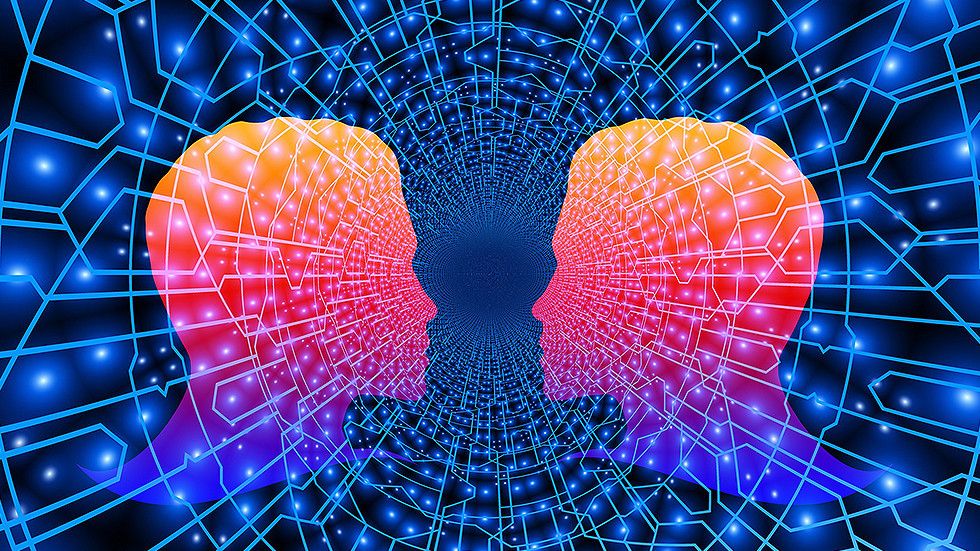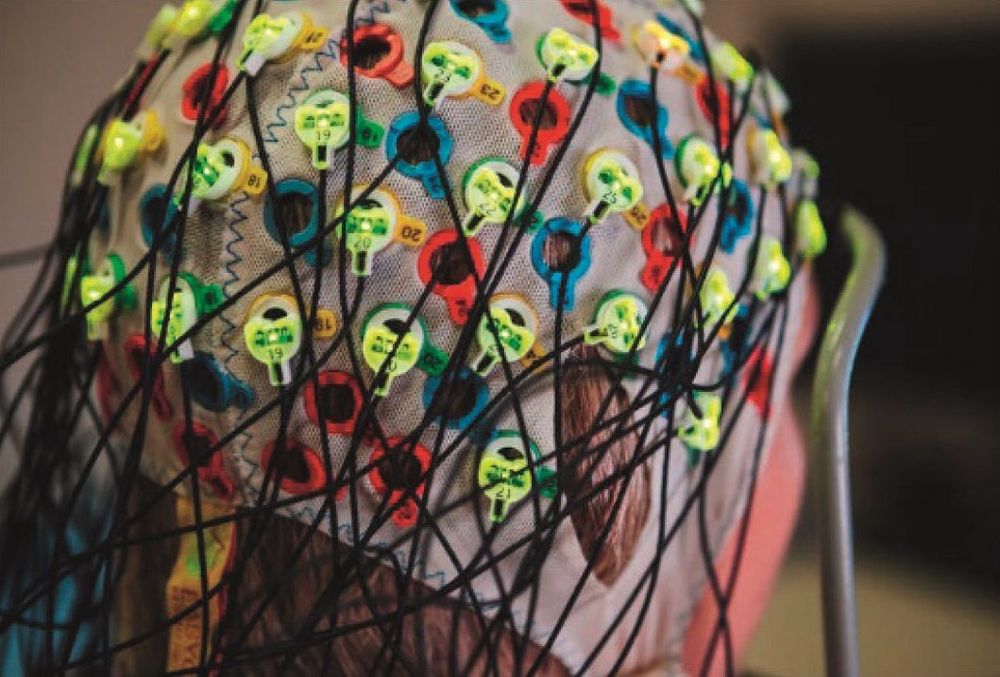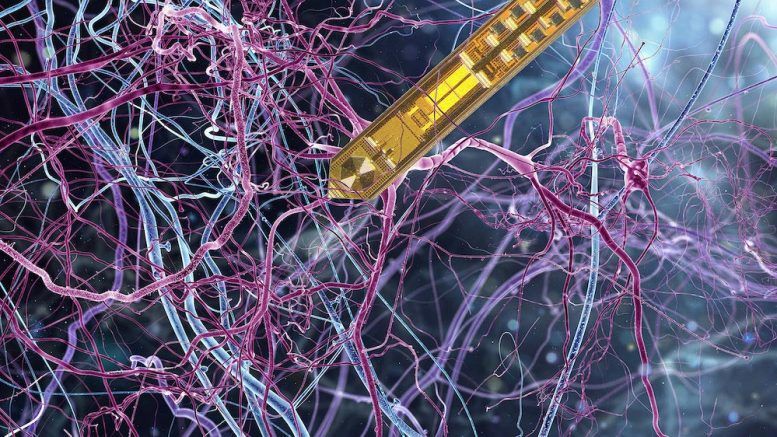Ketamine, once known for its “club enhancing” effects, is now an FDA approved antidepressant, hope for many with treatment-resistant depression.



Some people hope to cheat death by storing their consciousness digitally. Science isn’t quite there yet, but we’ve done enough brain and memory research to have immediate implications – and to start asking uncomfortable questions.
The idea of attaining de facto immortality by translating your brain into code and storing your personality as a digital copy online has been captivating people’s imagination for quite some time. It is particularly popular among transhumanists, people who advocate enhancing human intellect and physiology through the most sophisticated technology available.
As the most technologically advanced nations around the world pour resources into brain studies and yesterday’s science fiction becomes reality, it might seem that humanity is nearing a breakthrough in this field. Could the ability to become a “ghost in the shell” – like in the iconic cyberpunk Japanese manga, or the 2017 film – be just around the corner?

Without hardly noticing, we make countless decisions: to turn left or right on the bus? To wait or to accelerate? To look or to ignore? In the run-up to these decisions the brain evaluates sensory information and only then does it generate a behavior. For the first time, scientists at the Max Planck Institute of Neurobiology were able to follow such a decision-making process throughout an entire vertebrate brain. Their new approach shows how and where the zebrafish brain transforms the movement of the environment into a decision that causes the fish to swim in a specific direction.
Young zebrafish are tiny. Their brain is not much bigger than that of a fly and almost transparent. “We can therefore look into the entire brain and see what happens, for example, when a decision is made,” explains Elena Dragomir, who has done exactly this. “The first step was to find a behavioral paradigm that we could use to study decision making,” says Elena Dragomir. Other animal species, for example, are shown dots that move more or less in one direction. The animals can be trained to indicate their decision on the direction of the dots’ movement, and if it is correct, they receive a reward. The neurobiologists from Ruben Portugues’ group have now adapted this experimental setup for zebrafish. “The trick is that we use a reliable behavior called the optomotor response as a readout of the fish’s decision”.
If a fish drifts in a current, an image of the environment moves past its eyes. Fish will swim in the direction of the perceived optic flow to prevent drifting. Moving dots can trigger this optomotor response in the lab, and fish will turn either to the left or to right, depending on the direction of the moving dots. “We can also vary the difficulty of the decision, by changing the strength of the visual stimulus,” explains Ruben Portugues. “If a higher percentage of dots move in one direction, the fish will turn faster and more reliably to the correct direction.”

O.o.
Andy Pero, a survivor of the mind control tactics used in the Montauk Project experimentsinsights and repressed memories about his experience at secret military bases. Andy Pero underwent a program which used traumatic mind control and psychic power tactics similar to those used in the Montauk Project.
In an interview (read the full interview below) with Eve Frances Lorgen, Andy Pero shared his experience with trauma-based control of the mind and the Montauk explorations in consciousness. He recalled sessions where he was tortured and put through shock treatments. This is done to have the ability to reprogram participants to do things they were not able to previous to the programming.
According to so called conspiracy theories Mind control facilities are located all over the country. There is one in Rochester, New York, one in Paramus, New Jersey, Atlanta Georgia, at Dobbins Air Force Base, and one in Montauk, Long Island at Dobbins at Camp Hero.


Obesity is an important issue.
The brain mechanism that enables us to maintain a constant body temperature may also be the key to rapid weight loss, a new study finds. In experiments involving mice that were given a calorie-restricted diet, scientists at Scripps Research discovered that blocking a brain receptor that normally regulates body heat resulted in significant weight reductions.
The findings will be further explored as a potential treatment approach for obesity, which the World Health Organization has called a global epidemic. Obesity affects virtually all age and socioeconomic groups—increasing risk for heart disease, stroke, diabetes, cancer and many other serious health conditions.
The new study, led by Scripps Research Professor Bruno Conti, Ph.D., appears in Current Biology.
Hollie Fraser, founder of Books On The Move, worldwide book sharing movement, creative director and ideaXme literature, reading and writing ambassador interviews Matthew Newman, 2019 best Kindle book author.
Matthew S. Newman, is a 39 year old cancer survivor and best-selling author of Starting At The Finish Line. He is a fitness aficionado, and a financial services industry speaker. His mission is help the wider public and to encourage financial preparedness. He does this by telling his story of brain cancer survival and the financial lessons and wisdom he learnt as a result.
Matthew’s book was named a Best Kindle Unlimited Books for 2019. To this day, fitness is still a big part of his life. You can see him here working out shortly after brain surgery! https://www.youtube.com/watch?v=J2G-Sq7iOuM
He is a TedX Talk participant and currently traveling the country giving talks to financial services organizations, such as Transamerica, Primerica, Raymond James and more. https://matthewsnewman.com/speaking
For the text version of this interview please visit www.radioideaxme.com from week commencing 2 December 2019.

A team of neuroscientists and electrical engineers from Germany and Switzerland developed a highly sensitive implant that enables to probe brain physiology with unparalleled spatial and temporal resolution. They introduce an ultra-fine needle with an integrated chip that is capable of detecting and transmitting nuclear magnetic resonance (NMR) data from nanoliter volumes of brain oxygen metabolism. The breakthrough design will allow entirely new applications in the life sciences.


The results of Nature’s fifth survey of PhD students bear out Kovacevic’s experience, telling a story of personal reward and resilience against a backdrop of stress, uncertainty and struggles with depression and anxiety. The survey drew self-selecting responses from more than 6,300 early-career researchers — the most in the survey’s ten-year history. The respondents hail from every part of the globe and represent the full spectrum of scientific fields.
Nature’s survey of more than 6,000 graduate students reveals the turbulent nature of doctoral research.